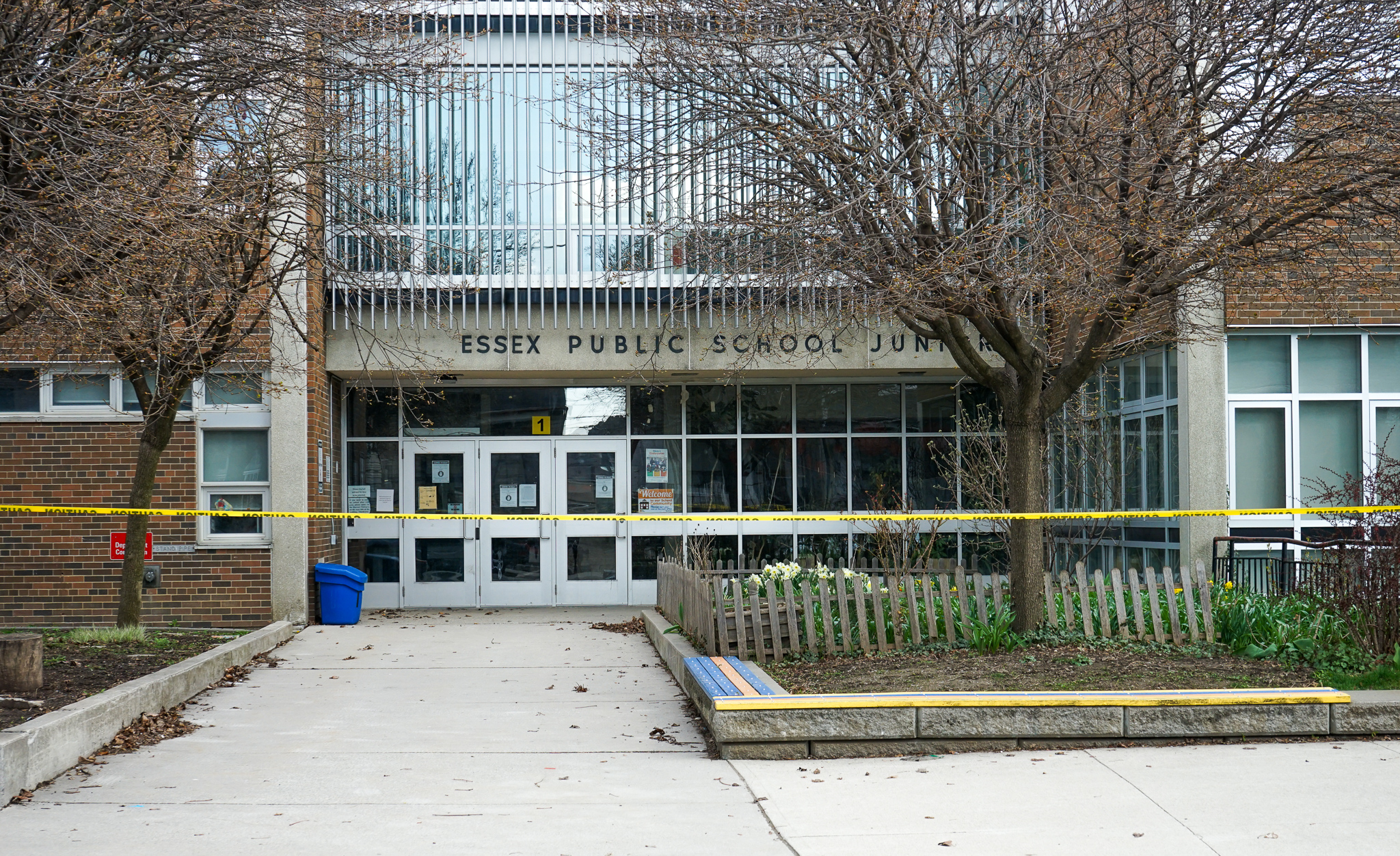Another reason to keep schools open
For over four decades communities in Ontario have fought against the closing of local schools. The recent pandemic gives a new reason for keeping local schools open.
When a school shuts down a neighbourhood loses a lot. Parents who work have to walk their children farther and longer. Recreation and meeting places can be threatened and a sense of social impoverishment is felt. Communities have reasons to value local schools.
In the 1980s school populations shrank, reflecting the maturing of baby boomers. The province pressured boards to close schools to save money. Over 30 schools in North York alone were closed. Then in the 2010s, in response to the Mike Harris formula cuts to capital funding for buildings, boards had to start closing schools again.
TDSB’s current capital backlog is approximately $3 billion and includes the funds needed for the replacement and repair to the interior and exterior of our schools, such as electrical systems, foundations and structural footings, roadways and pavement. The backlog also covers replacement and repair to core functions of an operating school, such as heating and boiler systems, roofs and windows.
Boards closed and sold off as many schools as they could, like Kent Senior Public School, to raise a bit of the denied capital funds. This resulted in more crowding in the remaining schools and will restrict the ability of boards to expand when populations grow again. But in times of a pandemic, it takes on new urgency.
Today, with the persistence of COVID-19, there is a lot of pressure on boards to reopen programs. Online teaching will relieve some of that pressure but most of the students are headed back to classrooms. At some point students and teachers will have to meet face to face. And how do you do online kindergarten?
To do this truly safely, those in-person classes will have to be smaller and more classrooms will be needed. A local bar may only hold 10 patrons at a time according to public health regulations; it seems that classes with 27 or more students spreading the virus is OK.
There are not enough remaining classrooms to do this because those spare classrooms are in closed schools that in many cases have been sold off to private corporations.
Speaking of class sizes, parents know that classes with 30 children or more are not good learning environments. Private schools, to attract fee paying students, boast that their classes are small. In the time of COVID, public school students could experience this for health reasons and this should be a model to follow in the future for educational ones. No one is expecting the Ford government or any other to ante up the cash to do this.
So schools are about to become the super spreaders of the future.
Next time when a community is fighting against a school closing they will have one more argument that they can use. Retaining empty schools and classrooms not only allows for population shifts but also can provide social distancing in a time of pandemics.

“Errol Young is a long-time education activist, member ofJane Finch Action Against Poverty, Jane Finch Education Action and a former trustee with the North York Board of Education”

